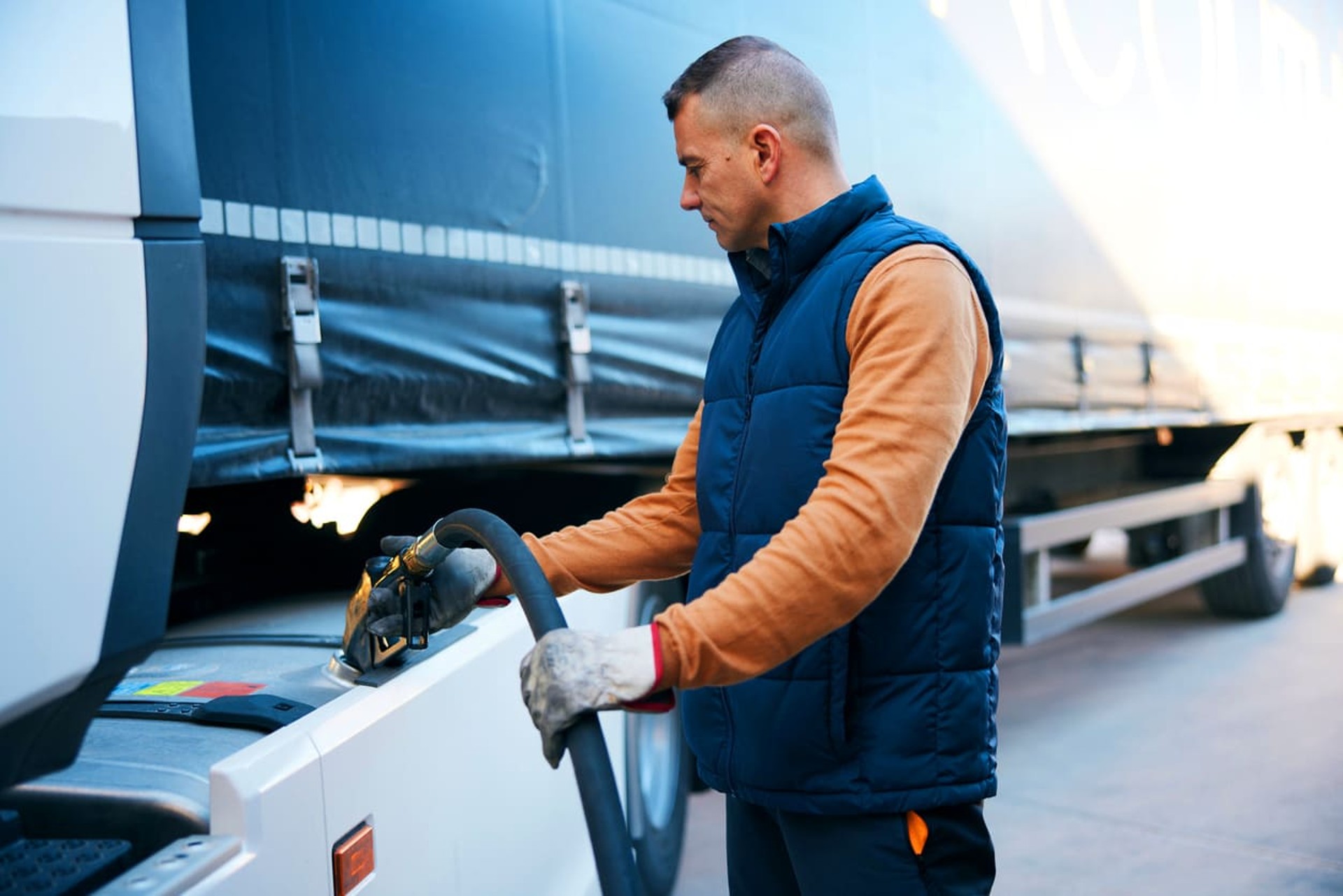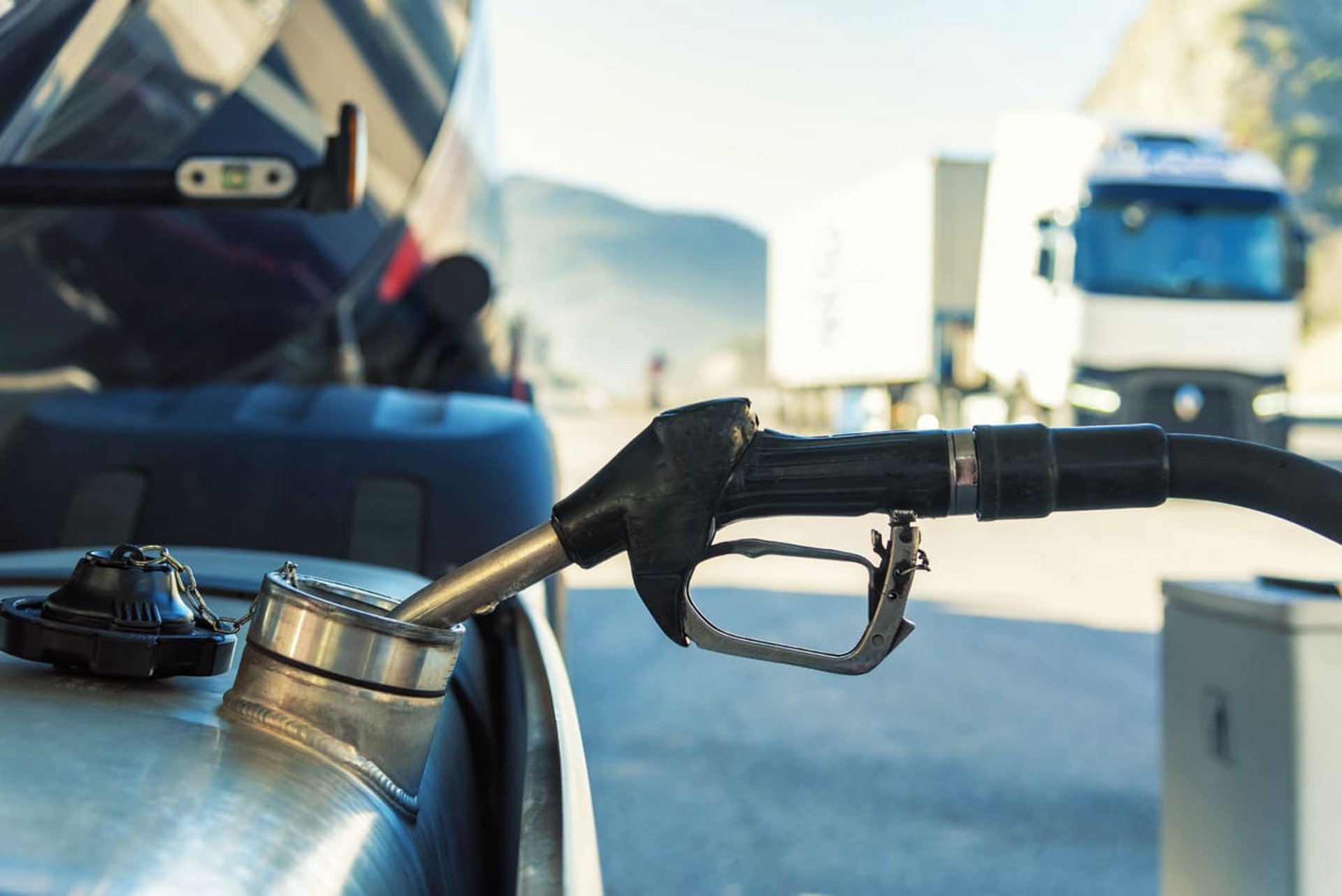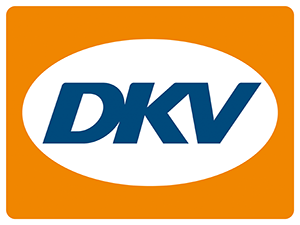Preventing fuel fraud: How systems like DKV LIVE can help

Managing fuel costs can be complex, especially when you consider the potential risks and consequences of fuel fraud. Unfortunately, fuel fraud is a common occurrence in many fleets, which makes it more important to have the right tools to detect some of the tell-tale signs of fuel fraud.
What is fuel fraud?
Fuel fraud is a type of fraud that involves illicit activities related to fuel. It can take many forms, including but not limited to fleet drivers using unlicensed vehicles to fill up, inflating mileage to obtain higher refunds, and other similar activities that can lead to significant financial losses for businesses.
What are the different types of fuel fraud?
Fuel fraud comes in many different forms, and it is essential to understand these different types to prevent them from happening. Two types of fuel fraud that occur during refueling are fuel skimming and fuel type fraud. Fuel skimming involves the fraudulent use or consumption of fuel, while fuel type fraud occurs when a lower grade of fuel is used instead of the specified grade.
Another type of fuel fraud is mileage fraud, which involves inflating mileage figures on fuel claims. This is one of the most common forms of fuel fraud.Lastly, fuel siphoning is the unauthorized removal of fuel from a vehicle's tank for personal use or sale. It is often carried out using sophisticated tools or techniques to avoid detection.

What impact does fuel fraud have on businesses?
According to the National Federation of Road Transporters, over 20 million liters of fuel are stolen every year. With the average price of a liter of fuel approaching 2€ in 2022, let's face it, the bill quickly becomes expensive for companies.
Moreover, combating fuel fraud requires significant investments of time and resources, which can further strain a company's finances. As a result, companies lose significant amounts of money, leading to a negative impact on their overall financial performance.
How to deal with fuel fraud?
Fleet fuel management systems can help to automate the reporting and analysis of fuel purchases, highlighting consumption discrepancies and eliminating time-consuming and error-prone administrative tasks. Having an overview of the fleet's fuel consumption allows companies to control costs and prevent fuel fraud.
Digital assistants, like DKV LIVE for example, centralize, and digitize all administrative and manual fleet processes, making data management transparent, digital, and updated in real-time, thus reducing the risk of fraud. The system brings together all fleet activities on a single platform. DKV LIVE has been specifically designed to address the challenges posed by fuel fraud, providing various intelligent features such as indicating the position of the DKV card in relation to the vehicle. This helps companies to further strengthen their fuel management and protect their bottom line from the negative impact of fuel fraud.
It also covers other features like:
Real-time tank management
DKV LIVE can monitor the fleet's fuel consumption in real-time, including where, when, and how much fuel has been refueled. All refueling operations are automatically recorded in the portal and can be compared with the vehicles' fuel consumption data. Users can direct their vehicles to the most suitable refueling station in real-time. With access to the largest independent energy acceptance network in Europe, consisting of around 63,000 filling stations, DKV LIVE makes refueling planning easier than ever.
This function not only gives a comprehensive overview of all vehicles' refueling activities, but also helps detect and prevents fuel theft. DKV LIVE detects deviations in refueling activities and reports them on the portal as soon as fraudulent use is suspected.
Vehicle tracking
With GPS tracking, users can locate all vehicles of a fleet in real-time on a map. In addition to tracking the vehicles' location, GPS tracking can also estimate when the vehicle will arrive at the customer's location and notify you of any potential traffic jams or other delays on the route.
Furthermore, DKV LIVE provides detailed information about driving times in the logbook, allowing you to analyze traffic information. This data is stored for you retroactively for 12 months, ensuring that there is always the best possible transparency about the fleet's performance over time.
Managing routes and driver communications
DKV LIVE can also be used to easily plan routes. Users simply need to enter the addresses of the loading and unloading locations, driver, vehicle, and cargo information, and specify the activities to be carried out. The defined route will be send directly to the driver's mobile device via the DKV LIVE web portal.
In addition, the chat function on the DKV LIVE web portal allows to communicate with drivers in real-time. Dispatchers can send messages directly to their mobile devices and stay in touch with the drivers throughout the journey.
Downloading the digital tachograph
Digital tachographs are mandatory in the EU member states for commercial vehicles. The collected data must be both read out and stored for compliance purposes. With DKV LIVE, users can easily meet these legal requirements and download the data effortlessly.
Fleet and engine data
Operational data, events as well as driving and rest times of all vehicles are available directly on the DKV LIVE dashboard. The system monitors the volume of the tank and can therefore sound the alarm if a fuel siphoning is detected. In addition, the system can analyze consumption and driving behavior. Considering the increase of fuel fraud, companies must protect themselves. DKV LIVE aims to support professionals in preventing fraud risks while simultaneously facilitating the entire fleet management process by automating it.
Learn more about DKV LIVE
